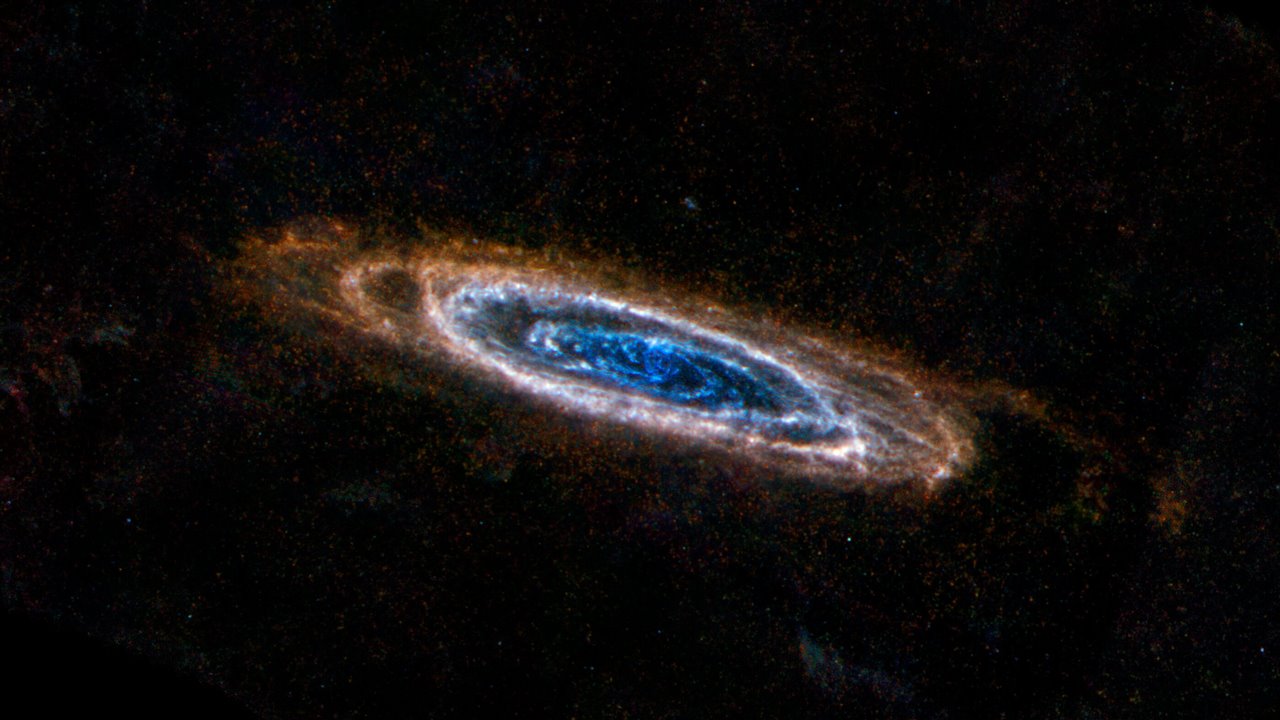
(Image Credit: ESA/NASA/JPL-Caltech/B. Schulz)
Compared to many wavelengths, astronomy has a blind spot in far-infrared radiation. Far-infrared space telescopes require a cooled mirror at 4 Kelvin to reach full sensitivity. However, these telescopes are non-existent, so worldwide companies cannot invest much in relevant detector developments. In 2004, SRON invested in the development of Kinetic Inductance Detectors (KIDs). Using KIDs, SRON and TU Delft, researchers recently achieved the highest sensitivity, similar to feeling a candle's warmth on the moon from Earth.
So far, infrared, radio, x-ray, and visible light telescopes have gifted humanity with stunning images of the observable universe. Those include the M87 black hole, Hubble Extreme Deep Field, and a planetary system. Unfortunately, we cannot observe far-infrared wavelengths, including those ranging from 300 μm and 10 μm, because astronomy remains blind to it.
Ground-based telescopes can't detect this radiation because the Earth's atmosphere blocks it. Meanwhile, detectors on space telescopes reach a certain temperature that prevents them from viewing the far-infrared wavelengths. All that noise means there's little interest in allocating money for developing more sensitive far-infrared detectors. Not only that, but governments also won't commit funds for super-cooled noiseless telescopes.
In 2004, SRON broke that cycle by investing in KID developments, which are now coming to fruition. Working with TU Delft, the SRON researchers made the technology so sensitive that it can view the universe's permanent background radiation.
"An even higher sensitivity would have no use," says Jochem Baselmans (SRON/TU Delft). "Because you will always be limited by the noise of the universe's background radiation. So our technology provides telescope builders such as NASA and ESA with far-infrared detectors as sensitive as possible. We already see two proposals submitted to NASA for a super-cooled telescope. Those are much more expensive than relatively warm telescopes, but our KIDs make it worth it."
KIDs can help astronomers detect light generated by stars in the far-away universe, leading to more knowledge in stellar evolution. Plus, astronomers can explore the unknown universe. "You don't know what you don't know. The Hubble Deep Field was created by pointing the Hubble telescope at a pitch-black piece of the sky with seemingly nothing in it. Afterwards, thousands of galaxies emerged from an area smaller than one percent of the full moon," says Baselmans.
The best analogy applied to the team's KID involves a theoretical candle on the moon. Humans could then reach their hand out and feel the candle's warmth. Amazingly enough, the KID is ten times more sensitive. An integration time of a second allows the KID to detect 3*10-20 watts.
Have a story tip? Message me at: http://twitter.com/Cabe_Atwell
